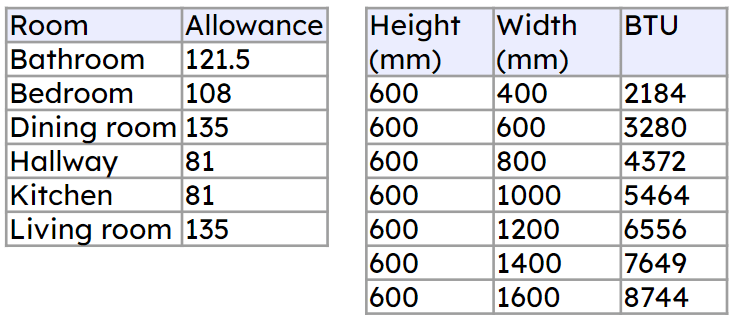Construction
I can understand how maths is used in the construction industry.
Construction
I can understand how maths is used in the construction industry.
These resources will be removed by end of Summer Term 2025.
Lesson details
Key learning points
- Costs can be minimised by efficiently calculating material requirements
- Electricians need to be able to use Ohm's law
- An understanding of flow rates helps plumbers install the correct equipment
Keywords
Front elevation - The front elevation of a solid is the view of it from the front.
Side elevation - The side elevation of a solid is the view of it from the side.
Area - The area is the size of the surface and states the number of unit squares needed to completely cover that surface.
Common misconception
Pupils may substitute incorrectly.
Each variable in a formula represents something. Substituting for one variable at a time may help ensure that values are in the correct places.
To help you plan your year 9 maths lesson on: Construction, download all teaching resources for free and adapt to suit your pupils' needs...
To help you plan your year 9 maths lesson on: Construction, download all teaching resources for free and adapt to suit your pupils' needs.
The starter quiz will activate and check your pupils' prior knowledge, with versions available both with and without answers in PDF format.
We use learning cycles to break down learning into key concepts or ideas linked to the learning outcome. Each learning cycle features explanations with checks for understanding and practice tasks with feedback. All of this is found in our slide decks, ready for you to download and edit. The practice tasks are also available as printable worksheets and some lessons have additional materials with extra material you might need for teaching the lesson.
The assessment exit quiz will test your pupils' understanding of the key learning points.
Our video is a tool for planning, showing how other teachers might teach the lesson, offering helpful tips, modelled explanations and inspiration for your own delivery in the classroom. Plus, you can set it as homework or revision for pupils and keep their learning on track by sharing an online pupil version of this lesson.
Explore more key stage 3 maths lessons from the Maths in the workplace unit, dive into the full secondary maths curriculum, or learn more about lesson planning.

Equipment
Licence
Starter quiz
6 Questions
Exit quiz
6 Questions




